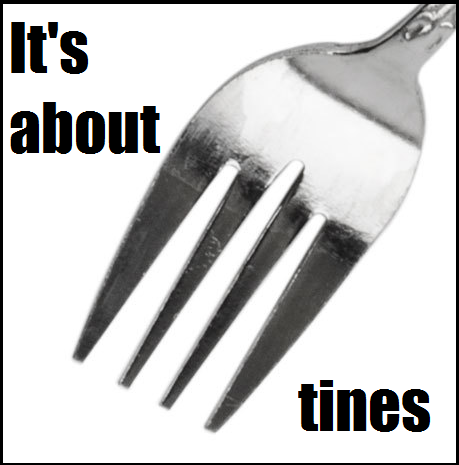Subject: That's not at all what I was saying.
Author:
Posted on: 2015-06-29 18:52:00 UTC
There were two clauses that were supposed to work together to protect religious freedom in the United States. For a time they did, but around the start of the 20th Century the Court changed, and started to broadly interpret the Establishment Clause, but it lead to two effects, that I have some issue with. The first is a highly subjective test that can lead to inconsistent results. Again school prayer being a violation, but legislative (you know an actual governmental function) prayer being proper. I do not know about you, but I do not think that makes a whole lot of sense. The second result, was because of how broadly the Court interpreted the Establishment Clause, they basically abandoned the Free Exercise Clause. And ultimately it came to a single case, that I think was a wrong result.
Which was of course, the Native American Case I mentioned above. It was land that the Government illegally acquired when they forced the Native Americans off of it. It was an incredibly holy site for several Native Americans that they had used long before the US even existed. They continued to use it even after the government took it, such that if a party could take ownership through Adverse Possession against the government they would have. The government decided to destroy that site by building a road through it. The Court let them do it. I do find that as a problem. I think that is a flagrant violation of the Free Exercise Clause. Congress intervened, however, made the land a national park and prevented any development, thus preserving the site. So the right result managed to be reached, but by the wrong methods.
What I am saying is that through all of the decisions the Court has made on the topic, had they used the Free Exercise Clause in concert with the Establishment Clause, they would have reached the same results, but on better legal grounds. The Free Exercise Clause was supposed to be the main tool when dealing with questions regarding Freedom of Religion, and the Establishment Clause was supposed to be a fine scalpel designed for surgical excisions to cover the gaps Free Exercise did not. Instead the Court turned it into a meat clever to hack away blindly, which led to the inconsistent results.
Or with another metaphor, imagine a religious freedom question as being a dead leaf on a tree. Prior to recent developments the Establishment Clause would be used as a pair garden sheers to cut off that single dead leaf. But the Court has broadened it to such a point were it is now a chainsaw. So now you cut down the entire tree. Yeah, it gets you the same/right result (getting rid of the dead leaf), but is it really the best way to do it?




